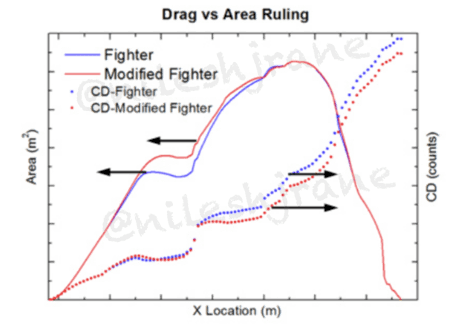I never said otherwise. Block 52 that pakis have is fair game specially in BVR fight.
Never doubted the second part. Not happy about the outcome of 27 doesn’t mean doubting IAF pilots caliber at all. A driver (let’s say Michael schoonmaker) is as good as the car he is driving. He can’t win F1 with Ford Figo.
It was just one bad day.
As someone said somewhere else
In a 1v1 fight between F-16 Block 50/52 vs LCA Mk1A, the Mk1A will trump over the F-16 in BVR every time. Mk1A's advantages are the AESA radar, superior BVR (I-Derby ER, Derby is just a stopgap missile because we had some stocks of it bought for the Sea Harrier upgrade) and much lower RCS (as much as 12 times difference at the minimum). Performance differences in BVR should be more or less the same. In WVR, the Mk1A has a superior weapon with the ASRAAM and HMDS, but inferior performance, so it shouldn't get into a turning fight. The LCA only has an advantage in the first 30 seconds or so of a dog fight due to its higher instantaneous turn rate and HMDS+missile combo. If the missile doesn't do its job, then it's time to run. Only the Block 70 with the Aim-260 will be able to take the BVR advantage, while the WVR fight will see the same constraints for both aircraft.
In recce and strike missions, the F-16 takes home the cake. Superior endurance and payload makes it a far superior aircraft. LCA is only suitable for standoff strike (with Bhramos-M/Nirbhay etc), light strike and CAS. F-16 is capable of DPS along with everything else the LCA does. Plus it can escort itself.
In terms of cost, the F-16 beats the LCA even though the F-16 has a higher sticker price. Let's not forget that new build F-16s have a 12000-hour airframe life, while LCA Mk1 has 3000 hours and Mk1A should increase that to 4000 hours. If we are lucky, it may possibly be increased to 6000 hours by the time it comes in for an overhaul. So the overall LCC of the F-16 will be lower.
The LCA Mk1/Mk1A is a Mig-21 replacement, nothing more. Its minimalist design is its biggest drawback and can be fixed only on the MWF. Its primary function is air defence, as an interceptor, CAP or escort. And it will likely do CAS rather than anything else as a secondary mission. I dare say the only reason IAF is buying the 83 new jets is because they are in trouble with respect to squadron strength and it's the only available jet to replace the Mig-21.
@Bleh I’m not saying he is authentic but most of the times, I find him reasonably accurate.








